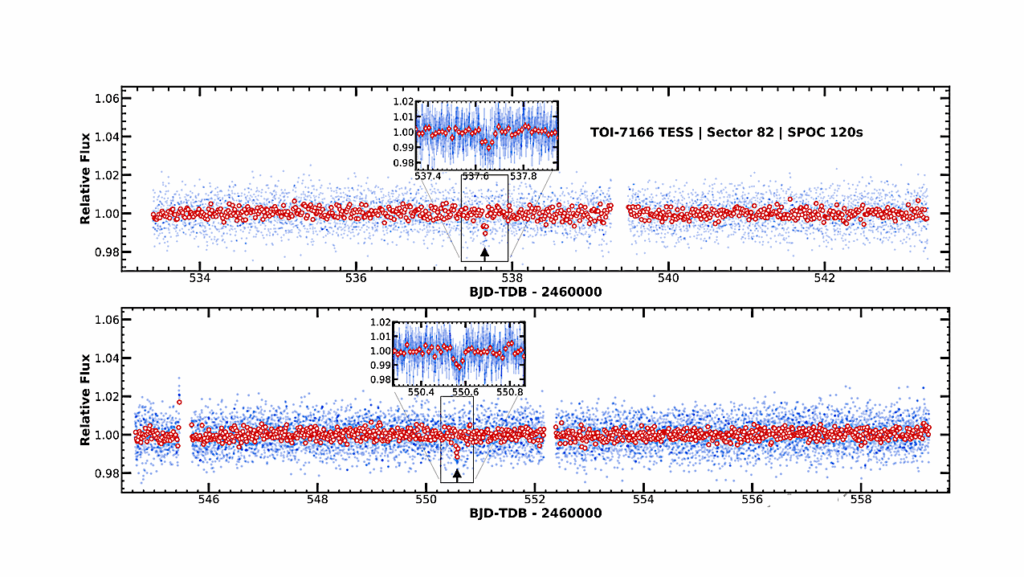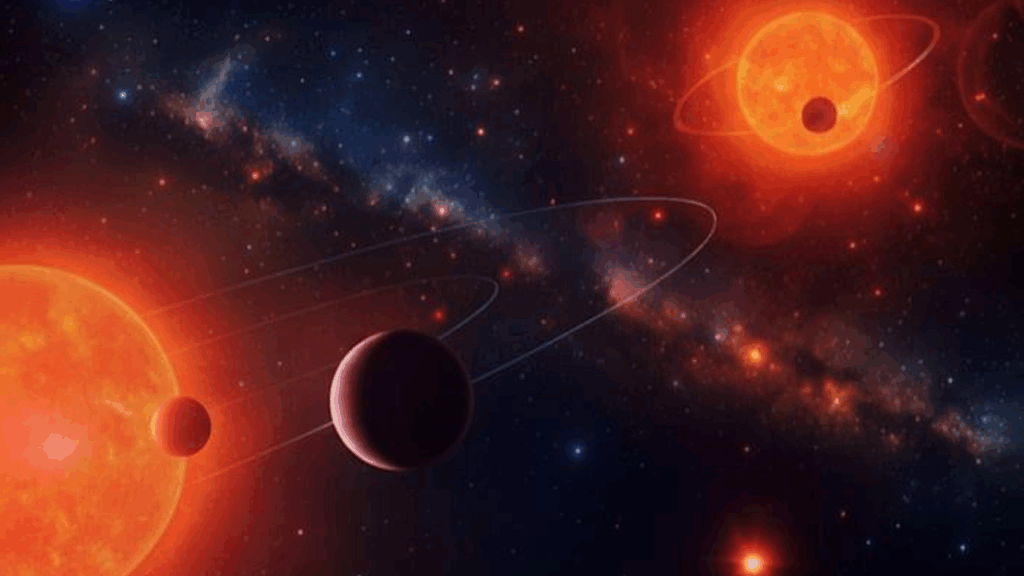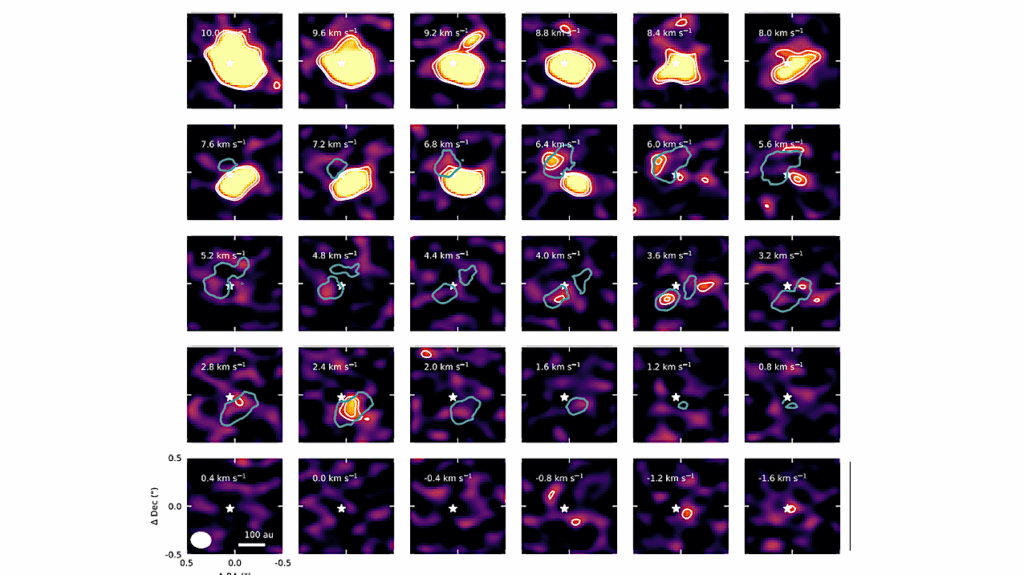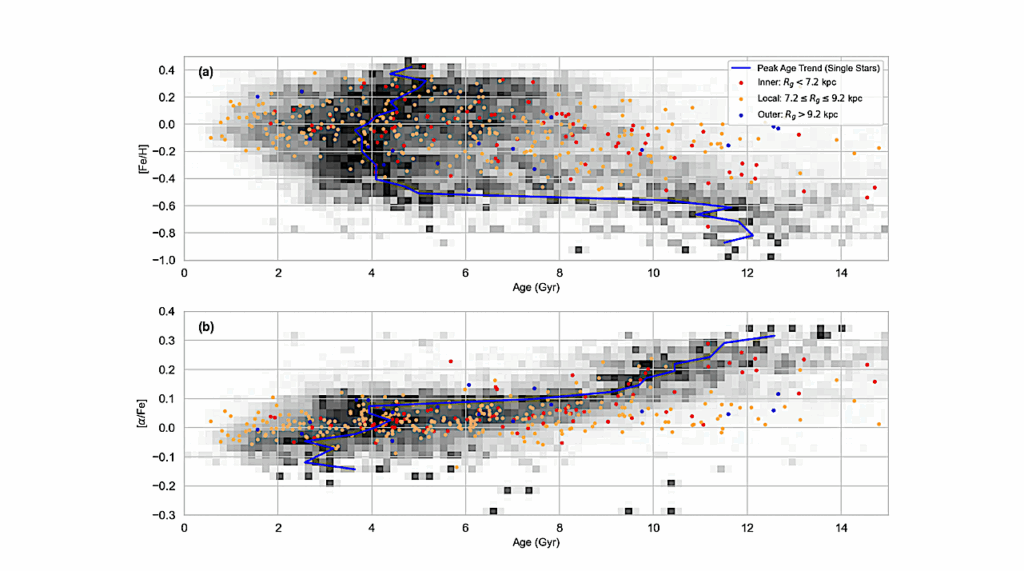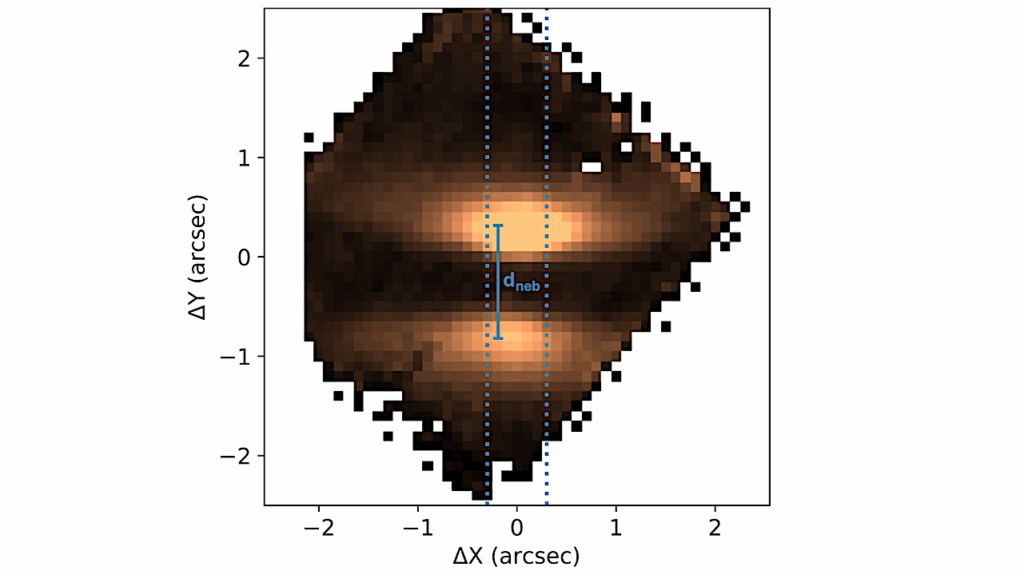Oxidation of the Interiors of Carbide Exoplanets

Astrophysical measurements have shown that some stars have sufficiently high carbon-to-oxygen ratios such that the planets they host would be mainly composed of carbides instead of silicates.
We studied the behavior of silicon carbide in the presence of water under the high pressure-temperature conditions relevant to planetary interiors in the laser-heated diamond-anvil cell (LHDAC). When reacting with water, silicon carbide converts to silica (stishovite) and diamond at pressures up to 50 GPa and temperatures up to 2500 K.
Therefore, if water can be incorporated into carbide planets during their formation or through later delivery, they could be oxidized and have mineralogy dominated by silicates and diamond in their interiors. The reaction could produce CH4 at shallower depths and H2 at greater depths. These could be degassed from the interior, causing the atmospheres of the converted carbon planets to be rich in reducing gases. Excess water after the reaction can be stored in dense silica polymorphs in the interiors of the converted carbon planets.
H. Allen-Sutter (1), K. Leinenweber (2), V. Prakapenka (3), E. Greenburg (3), S.-H. Shim (1) ((1) ASU School of Earth and Space Exploration, (2) ASU Eyring Materials Center, (3) U Chicago GeoSoilEnviroCARS)
Comments: 11 pages, 4 figures, submitted to The Planetary Science Journal
Subjects: Earth and Planetary Astrophysics (astro-ph.EP); Instrumentation and Methods for Astrophysics (astro-ph.IM)
Cite as: arXiv:2005.03175 [astro-ph.EP] (or arXiv:2005.03175v1 [astro-ph.EP] for this version)
Submission history
From: Harrison Allen-Sutter
[v1] Wed, 6 May 2020 23:53:33 UTC (3,572 KB)
https://arxiv.org/abs/2005.03175
Astrobiology, Astrochemistry


